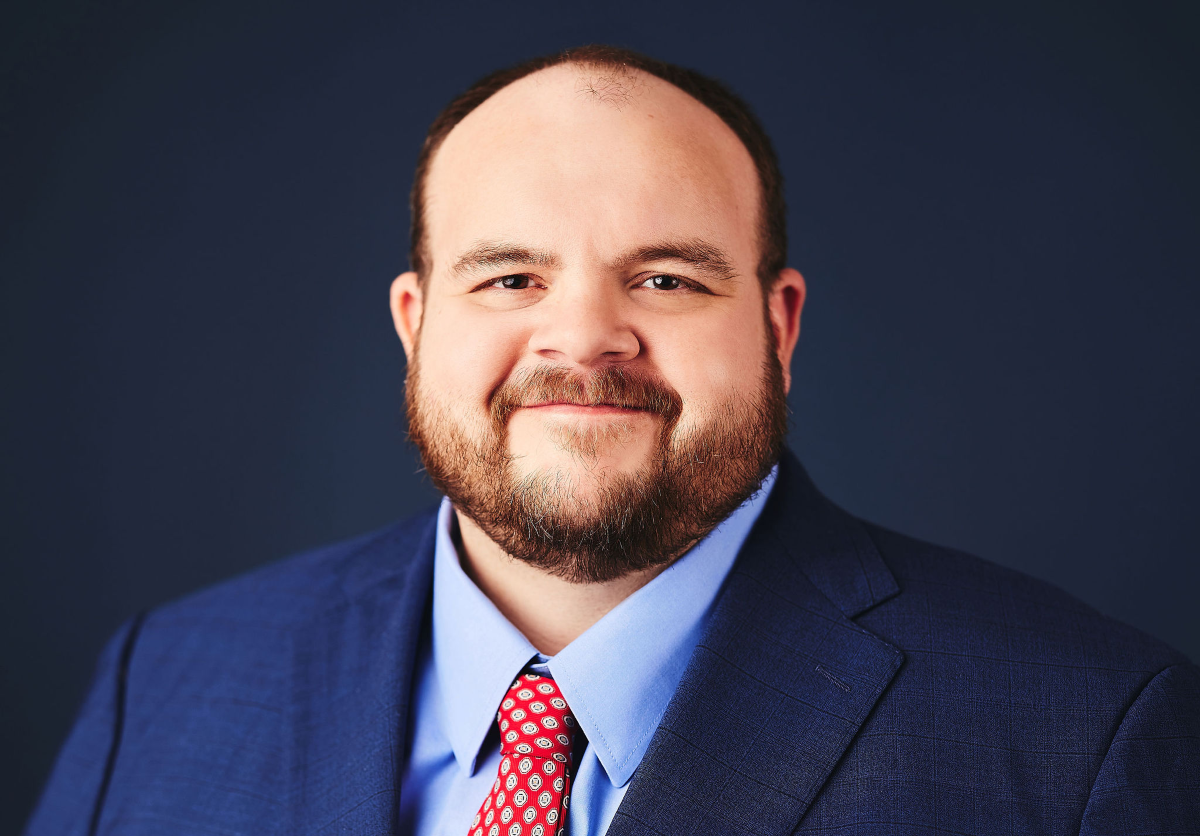In preparing for an upcoming trial, I deposed the carrier’s geotechnical engineer who recommended a compaction grouting program to remediate my client’s home that suffered a sinkhole loss. In his report, he noted very loose to loose shallow soil zones.
We later discussed the "zone of influence." the "zone of influence" is term of art referring to the soils that bear the load of the structure. Engineers’ opinions differ on the depth of the "zone of influence," but it ranges from five to fifteen feet for a single story residential structure. In this case, the engineer testified that the zone of influence is 5.33 feet below the land’s surface. Yes, it is that technical.
Why is it important? This discussion is critical in cases where a carrier’s engineer, despite noting very loose shallow soils, is only recommending compaction grout. Florida law is clear that in the event of a sinkhole loss, an insurer must stabilize the land, stabilize the building, and repair the foundation. Neither Florida law nor any sinkhole loss endorsement I have seen allows an insurer to only remediate the sinkhole activity and ignore the shallow soil zones when they are unstable.
When a carrier confirms a sinkhole loss, it recognizes that sinkhole activity is affecting the structure. In engineering terms, they call this "raveling." Hence, if sinkhole activity is affecting the structure, it is affecting the "zone of influence." Therefore, any subsurface recommendation that ignores the structure’s load bearing soils that are unstable is inadequate under Florida law.
Bottom line, if you suffer a sinkhole loss, you need to consider seeking competent professionals that understand the law and work hard to help you through this very difficult process. It is important to repair your home and repair it the right way the first time.



